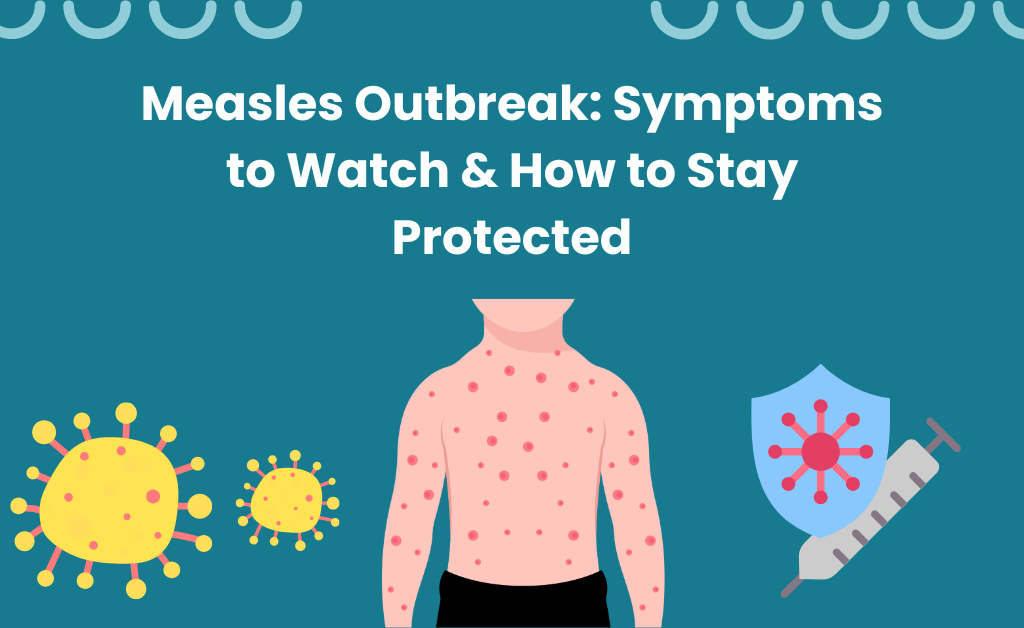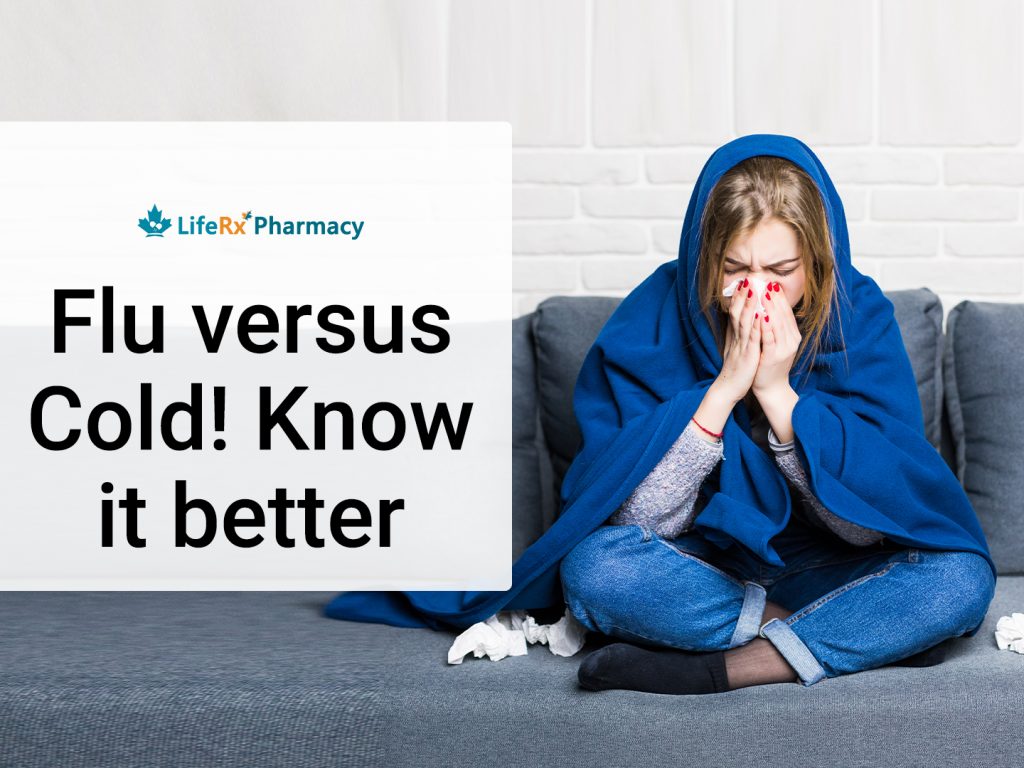A brief history of Measles outbreaks, known scientifically as rubeola, has plagued humanity for centuries. Historical records dating as far back as the 9th century describe symptoms consistent with the disease. But it wasn’t until the 20th century that measles began to be understood and tracked systematically; in the 1950s, before vaccines, nearly all children contracted measles by their mid-teens. These outbreaks occurred in cyclical waves—roughly every 2 to 3 years—causing hundreds of thousands of hospitalizations and tens of thousands of deaths globally.
The introduction of the measles vaccine in 1963 dramatically shifted the globe’s health landscape. Combined with the mumps–measles–rubella (MMR) vaccine introduced in the early 1970s, it brought cases down by more than 99% in many high-income countries. By 2000, measles had been declared eliminated in the United States—meaning the disease was no longer endemic, although imported cases still occurred.
Fast-forward to 2025: measles is surging again. In the past two years, more than 50 countries have reported outbreaks. Some nations are seeing their highest case counts in decades. For example, global alerts indicate rising numbers in Central Africa, Southeast Asia, and pockets of Europe. Even countries that once declared elimination are seeing re-emergence following lapses in immunization coverage.
What Is Measles and Why Is It a Concern in 2025?
The Basics: What Is Measles?
Measles is a viral infection caused by the measles virus, a member of the Paramyxoviridae family. It spreads primarily through respiratory droplets when infected individuals cough, sneeze, or speak. With an incubation period of approximately 10–14 days, infected people may appear fully healthy while already contagious, complicating containment.
Why It Matters Today
- Highly Contagious: One measles case can infect 12–18 unvaccinated people, making it one of the most transmissible human diseases.
- Severe Complications: Beyond the classic high fever and rash, complications include pneumonia, encephalitis (inflammation of the brain), ear infections, blindness, and death, especially in young children and immunocompromised individuals.
- Global Vulnerability: As of mid-2025, the World Health Organization (WHO) has raised global measles risk to “very high,” citing interrupted immunization schedules (especially in the wake of COVID-19), expanding vaccine hesitancy, and resurgence in regions previously under control.
- Resurgence in High-Income Countries: Even countries like Germany, France, and the U.S.—where vaccine availability is high—are observing localized outbreaks due to declining coverage and gaps in healthcare infrastructure.
Why Measles Cases Are Rising Again
- Vaccination Gaps
The COVID-19 pandemic caused widespread interruptions to regular vaccination efforts worldwide. In countries such as India, Nigeria, Indonesia, and Ukraine, national immunization coverage dropped 5–15% in 2020–2021. While many countries are recovering, coverage remains uneven, leaving vulnerable pockets. - Vaccine Hesitancy and Misinformation
Unverified and misleading information about vaccines continues to spread across social media, leading to increased skepticism and reduced public trust. A 2023 global survey found that nearly 20% of parents believed MMR could cause developmental delays—a debunked claim that nonetheless contributed to lower vaccine uptake. - International Travel and Migration
As borders reopened post-COVID, population movement—including tourism, refugees, and trade—resumed. A single infectious traveller can trigger outbreaks in regions with immunity gaps. - Communities with Low Coverage
Some subpopulations (e.g., religious groups or remote rural communities) maintain deeply held beliefs or logistical challenges that reduce vaccination. These clusters can act as ignition points for outbreaks that spread.
Common Measles Symptoms to Watch For:
Early detection of measles symptoms is vital, both for timely medical care and to prevent further transmission. Measles typically unfolds in three phases:
1. Prodromal (Early) Phase– 2–4 Days
- High Fever: Often spikes above 38.3 °C (101 °F), may reach 40 °C (104 °F).
- Cough: Dry, persistent—often one of the first noticeable signs.
- Runny Nose (Coryza): Watery discharge, frequently misdiagnosed as a cold.
- Conjunctivitis: Red, irritated eyes—sometimes light-sensitive with tearing.
- Koplik Spots: Tiny white/blue-white specks on a red base inside the cheeks, palates, or gums. These are hallmark early signs, appearing 2–3 days before rash onset.
2. Exanthem (Rash) Phase– Begins ~Day 4–5
- Rash Appearance: Red, blotchy, maculopapular rash starting behind the ears and at the hairline before spreading downward to the face, trunk, arms, legs, and feet.
- Rash Characteristics: Lesions may merge into larger blotches, typically lasting 5–7 days.
3. Recovery Phase– ~1 Week after Rash Onset
- Symptom Resolution: As recovery progresses, the fever drops, coughing lessens, and the rash slowly vanishes—occasionally followed by mild peeling or subtle changes in skin tone.
- Immune Activation: While immune response helps clear the infection, it can also create short-term immune suppression, leaving patients susceptible to secondary infections for several weeks.
How Measles Spreads So Quickly?
- Airborne Transmission: Respiratory droplets can remain suspended in the air for up to two hours after an infected person has left a confined space.
- Surface Contamination: The virus can survive on surfaces or in leftover droplets, infecting others who touch contaminated objects and then touch their faces.
- Stealthy Contagion: Infected individuals are contagious from about four days before rash onset to four days after, often unaware they carry the virus.
- Reproductive Number (R₀): Measles has an estimated R₀ of 12 to 18, meaning one infected person could infect a dozen to almost twenty others on average, far higher than seasonal flu or even COVID‑19.
How to Protect Yourself and Your Family?
Fortunately, measles can be both prevented and managed when appropriate steps are taken.
1. Vaccination: The Cornerstone
- MMR Vaccine Protocol:
- Children: Dose 1 at 12–15 months; dose 2 at 4–6 years.
- Unvaccinated or Incomplete Individuals: Children over 6 months, teens, or adults should receive two doses spaced at least four weeks apart.
- Infants under 12 Months: May receive an early dose if traveling to a high-risk area; this dose doesn’t replace the routine 1-year immunization schedule.
- Safety Profile: The MMR vaccine effectiveness is well-studied and considered extremely safe.
2. Community Responsibility
- Herd Immunity Is Crucial: To protect those unable to be vaccinated (e.g., infants too young, pregnant women, immunocompromised individuals), high community-wide vaccination rates are vital.
3. Personal Precautions during Outbreaks
- Avoid Crowds if Unvaccinated: Especially in clinics, schools, or community gatherings where outbreaks are reported.
- Isolation Protocol: If someone in your household is infected, isolate them at home for at least four days after rash onset.
- Practice Hygiene: Regular handwashing, covering coughs/sneezes by hands or masks, and disinfecting frequently-touched surfaces.
4. Travel Precautions
Consider travel precautions
- Before You Travel:
- Check the CDC or WHO travel advisories if you’re heading to a country with current outbreaks.
- If you or a child lacks two verified MMR doses, get vaccinated at least 2 weeks before departure.
- For infants≥ 6 months traveling to high-risk areas, an early dose is advised—but it should be followed by the standard immunization schedule.
- During Travel:
- Avoid poorly ventilated public spaces (air-conditioned buses, crowded clinics).
- Stay updated via local health advisories.
- Carry vaccination documentation—some destinations may require it.
- Returning Home:
- If you develop a fever or rash within 21 days, self-quarantine and seek medical guidance, indicating your travel history to healthcare providers.
What Steps to Take If You Suspect You Have Measles
1. Avoid Public Spaces
- Stay home, even from work or school.
- Inform contacts—especially households, schools, and childcare centers—to monitor for symptoms.
2. Contact Healthcare Providers by Phone
- Alert them to your symptoms and potential measles exposure.
3. Confirm Diagnosis
- Doctors may perform a clinical diagnosis (based on rash, Koplik spots, and symptom profile) followed by lab testing (throat swab or blood) to confirm measles.
4. Receive Supportive Care
- No antiviral exists: treatment focuses on comfort—fluids, Tylenol/acetaminophen for fever, vitamin A (shown to reduce complications in children), humidified air, and close monitoring.
5. Notify Authorities
- Measles must be reported by medical professionals whenever a case is confirmed or even suspected, as it is classified as a reportable illness. Public health authorities will conduct contact tracing, vaccination campaigns, or quarantine measures as needed.
Measles Prevention Tips for 2025
Prevention Tips are given below:
- Verify Your Immunization
- Keep Routine Check-ups
- Trace Your Community
- Strengthen Communication
- Monitor Travel Advisories
- Prepare for Outbreak Scenarios
Travel Precautions during a Measles Outbreak:
Precautions during especially relevant for the Measles outbreak 2025, given increased global movement:
- Pre-Trip Actions
- On the Ground Travel Habits
- What to Do If You Develop Symptoms Abroad
- Self-isolate in your accommodation.
- Contact your home-country embassy or local health authority for guidance.
- Call ahead to local healthcare providers before seeking treatment.
- Follow local regulations—many countries require case reporting and temporary quarantine.
- Returning After Exposure
- If symptoms appear within 21 days after return, self-isolate immediately.
- Seek medical help and inform them of your travel history. Notify close contacts to monitor symptoms.
Stay Protected with Life Rx Pharmacy
At Life Rx Pharmacy, we understand the importance of timely vaccinations and trusted health support, especially during global health threats like the 2025 measles resurgence. Our licensed pharmacists are here to help you access vital preventive care, stay informed about current outbreaks, and ensure your family’s immunization schedules are up to date. When it comes to safeguarding your health, Life Rx Pharmacy is your reliable partner every step of the way.
FAQs:
What are the first signs of measles?
The early signs of measles include high fever, cough, runny nose, red and watery eyes, and tiny white spots inside the mouth (Koplik spots).
How does measles spread?
Measles spreads through respiratory droplets when an infected person coughs or sneezes. The virus can stay in the environment—either in the air or on objects—for up to two hours, increasing the risk of transmission.
Is the MMR vaccine still effective in 2025?
Yes, the MMR (measles, mumps, and rubeola) vaccine remains highly effective in 2025. Receiving two doses of the vaccine offers approximately 97% immunity against measles.
Can adults get measles too?
Yes, adults can get measles, especially if they haven’t been vaccinated or previously infected. Adults may experience more severe symptoms and complications than children.
What should I do if there’s an outbreak in my area?
Ensure you and your family are vaccinated. Avoid crowded places, monitor for symptoms, and contact healthcare providers if exposure or symptoms occur. Isolate anyone showing signs of measles.
Can you get measles even after vaccination?
It’s rare, but yes. A small number of people may still get measles after full vaccination, though symptoms are usually milder and complications are less likely.
How long is a person with measles contagious?
A person is contagious from 4 days before to 4 days after the rash appears.
What complications can measles cause?
Measles can lead to serious complications like pneumonia, ear infections, diarrhea, brain swelling (encephalitis), and even death, especially in young children and immunocompromised individuals.


